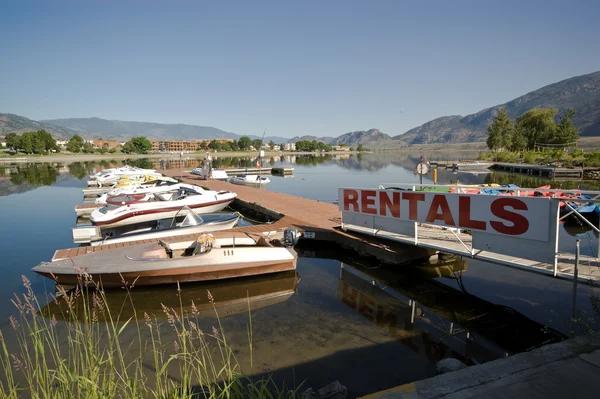Renting skis is a common practice for both beginners and seasoned skiers who prefer not to purchase their own equipment. It’s an economical choice, especially for those who only ski occasionally or are trying the sport for the first time. However, navigating through the myriad of options available can be quite daunting, especially if you’re new to it all. Here’s a simple guide to help you understand how to rent skis based on your skill level.
Firstly, it’s important to assess your skiing ability accurately. Ski rental shops categorize their equipment into three general levels: beginner, intermediate, and advanced. Beginner-level skis are designed with flexibility in mind; they’re soft and forgiving, perfect for those still learning the ropes of this exhilarating winter sport. Intermediate-level skis strike a balance between flexibility and rigidity; they offer more control than beginner ones but still provide some leeway for errors. Advanced-level skis are stiff and responsive – they’re made specifically for skilled individuals who crave speed and precision.
Once you’ve determined your skiing level, next comes choosing the right type of ski according to terrain preference: piste (groomed trails), off-piste (unmarked or ungroomed trails), freestyle (terrain parks), or touring (uphill climbing). Piste-oriented skis are typically narrower with a focus on quick turns whereas off-piste ones have wider surfaces providing better floatation in deep snow conditions.
Freestyle skies often feature twin tips allowing riders to land jumps either forwards or backwards while touring skies come equipped with skins that can be attached underneath for uphill traction then removed when descending.
Ski length is another crucial factor in securing optimal performance on slopes – shorter ones allow easier maneuverability while longer ones facilitate greater stability at high speeds but may prove challenging when making sharp turns. Generally speaking, beginners should start with shorter skies before gradually moving onto longer models as their skills improve.
Lastly, don’t forget about the ski boots. These should fit snugly but comfortably – too tight, and you’ll be in for a long day of discomfort; too loose, and you won’t have good control over your skis. Most rental shops will help you find the right size and adjust the bindings accordingly.
Renting skis doesn’t need to be complicated. By knowing your level and understanding what each type of ski offers, you can make an informed decision that will enhance your skiing experience. Remember to always prioritize safety over performance – dive into it‘s better to rent skis that are slightly below your skill level than ones that are above it. Happy skiing!




